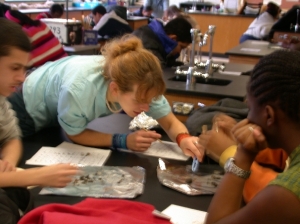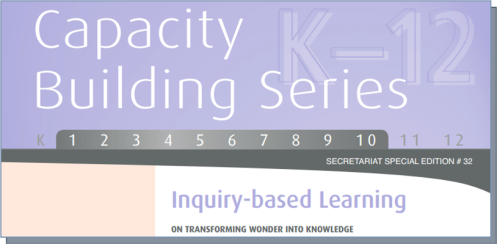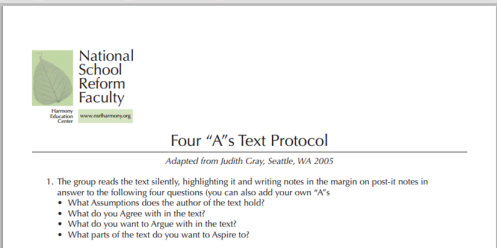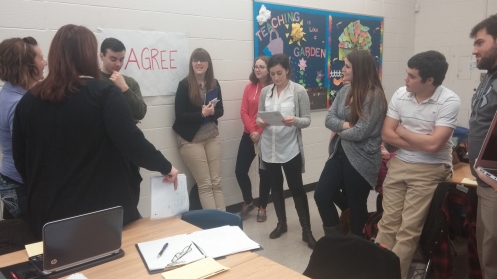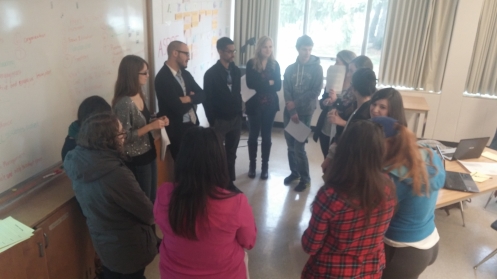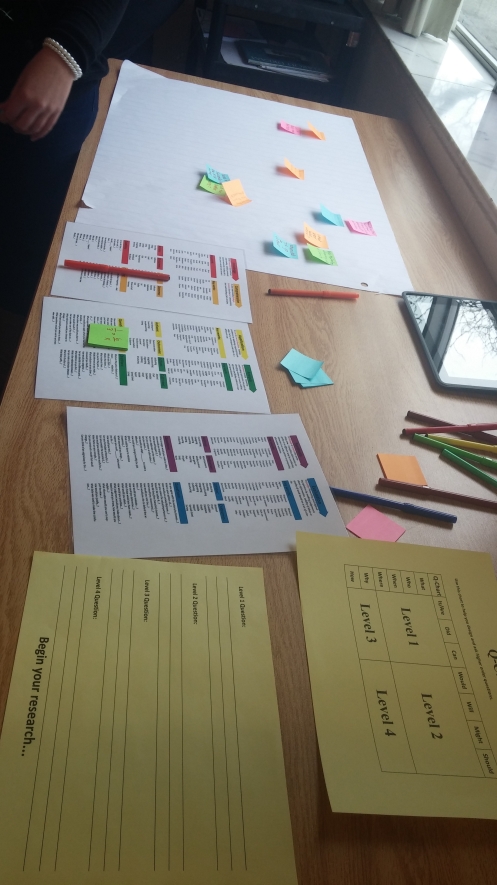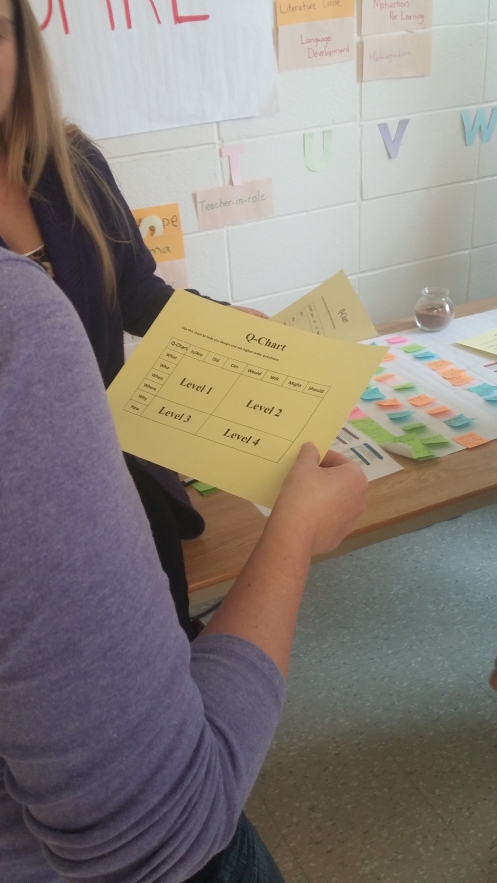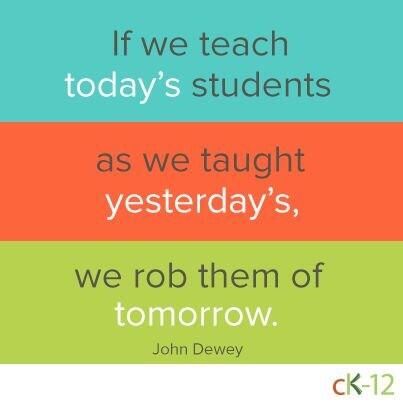assessment, Brock, classroom, elementary, inquiry, learning, learning environment, lesson, literacy, metacognition, PD, protocols, reflection, secondary, students, teaching, technology
Minds On to Inquiry
Inquiry Based Learning
November 28, 2014
Carolyn Venema
cvenema@hwdsb.on.ca
twitter @cdvenema
Thank you to the Brock Intermediate / Senior Teacher Candidates for sharing their learning about inquiry based learning.
Descriptor: In this hands-on, interactive session, participants will develop an understanding of inquiry-based learning and how they can apply these concepts in their teaching practice to activate student learning. Using Ministry and other resources, participants will learn how to create a rich learning environment that supports effective integration and assessment of inquiry-based learning in their classroom.
Primary Resource: Inquiry Based Learning (Capacity Building Series)
Learning Goal: By the end of this session, participants will develop a deeper understanding of inquiry-based learning and how they can embed inquiry effectively to support their students’ learning.
Success Criteria: Participants will demonstrate an understanding of inquiry-based learning by being able to:
- define what inquiry-based learning is;
- create a plan for supporting higher level thinking in inquiry-based lessons;
- assess the process and the product of inquiry-based learning;
- plan for an effective learning environment to activate student learning; and
- envision how technology might support inquiry in their classroom.
Minds On:
Read through the resource Inquiry Based Learning. Using the 4A’s protocol, highlight a line or passage:
- where you agree with the ideas being presented;
- that you might question or argue;
- wherein you believe there is a built-in assumption;
- and that you aspire to in your teaching.
Using the Four Corners strategy, share your insights with others.
Reflect on and record your observations, learning, and questions about inquiry-based learning.
Action:
Artifact Activity (from A Companion Guide to Natural Curiosity)
- Examine the artifact in your smaller group.
- Record one question or ‘wondering’ per sticky note.
- Once all questions are recorded. work as a group to collect and organize into groupings of questions. Create one overall question per grouping.
- Examine other groups’ artifact inquiries (carousel).
Another layer: Higher Order Thinking in Inquiry-based learning (using Blooms Taxonomy Teacher Toolkit)
In your groups, align your questions to Blooms taxonomy and consider:
- where do most of your questions fall?
- how might you encourage students to ‘bump it up’ to a higher level of thinking?
- what might those questions look like?
- how might you use the Q-Chart to frame student inquiry?
- Share insights.
Reflect on and record your observations, learning, and questions about inquiry-based learning.
Assessment of Process and Product of Inquiry-based Learning:
With your table group, use the Q-Chart to pose four questions about assessing student inquiry. Share your 4 questions with the larger group.
Read pages 2 and 3 of the resource Getting Started with Student Inquiry to inform how you might assess students in their inquiry-based learning. Record your insights on the google.doc created for this purpose.
- How do these indicators align directly to the curriculum expectations in your subject areas?
- How might these indicators inform your assessment of learning skills and work habits?
- How might you capture student learning to use for assessment purposes?
- How could technology assist in assessment for, as and of learning?
![]() Reflect on and record your observations, learning, and questions about inquiry-based learning.
Reflect on and record your observations, learning, and questions about inquiry-based learning.
Creating a Rich Learning Environment to Support Inquiry-based Learning
Number off 1-5. Each number reads through the corresponding resource below, highlighting key information about what this resource contributes to the idea of developing a rich learning environment that supports inquiry.
Inquiry Based Learning (page 8)
Getting Started with Student Inquiry (page 4)
Talking to Learn ALERT monograph
Make Room for Students to Pose and Pursue Questions ALERT monograph
Check in with one other similar number to compare your ideas.
Return to a group of five, each sharing what your resource offers towards developing a rich learning environment.
As a whole group, share what insights emerge for you about creating a rich learning environment that supports inquiry in the classroom.
![]() Reflect on and record your observations, learning, and questions about inquiry-based learning.
Reflect on and record your observations, learning, and questions about inquiry-based learning.
Consolidation:
- three things you learned today;
- two questions, or wonderings, you have;
- and one action you would like to try in your next unit or lesson plan.
Examine the list of strategies used in this session. How might you incorporate these in your own teaching practice?
